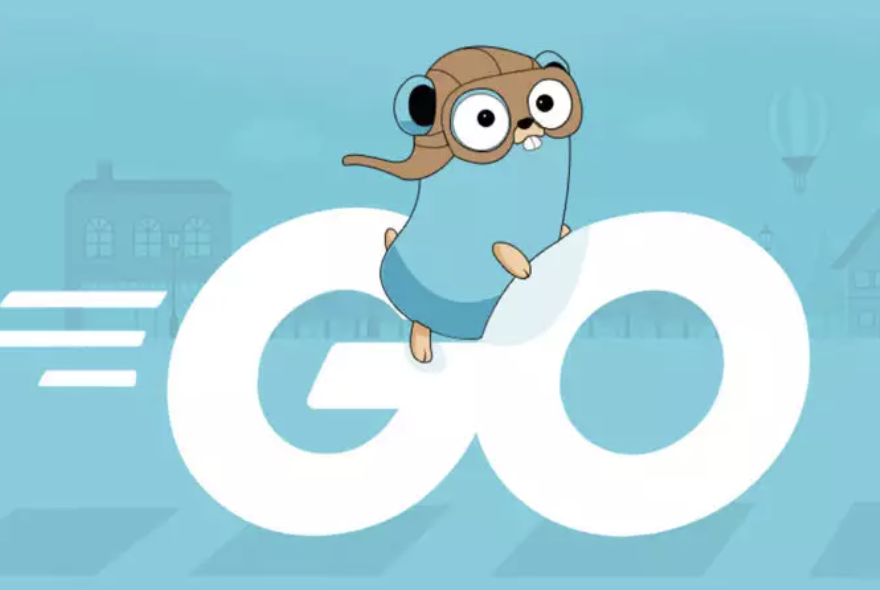1. About go
1.1 What is Go?
Go is a statically typed and compiled programming language known for its simplicity, efficiency, and built-in support for concurrency. Its design principles emphasize code readability and ease of use. Unlike some languages that offer numerous features and complex syntax, Go takes a minimalistic approach, making it a powerful choice for various domains, from systems programming to web development. In this section, we will dive into what makes Go unique and its place in the world of programming.
1.2 History of Go
To understand Go, it's essential to explore its history. Go was developed at Google by Robert Griesemer, Rob Pike, and Ken Thompson in 2007. It went through several iterations before its official release in 2009. The language has since seen significant adoption in the tech industry and the open-source community.
2. Key Features of Go
2.1 Concurrency in Go
One of Go's defining features is its support for concurrent programming. It introduces the concept of goroutines, lightweight threads that make it easy to write concurrent code. Go also provides channels, allowing goroutines to communicate efficiently. This concurrency model is a game-changer for writing efficient, concurrent, and parallel software. We'll explore these features and demonstrate their use through examples.
2.2 Simplicity and Efficiency
Go's commitment to simplicity is evident in its clean and concise syntax. The language minimizes unnecessary complexity, making it easy for developers to read and maintain code. Go programs are also known for their efficiency. The combination of a statically typed system and a powerful standard library ensures that Go applications perform well. We'll look at examples to see how Go's simplicity and efficiency benefit developers.
3. Go's Standard Library
3.1 Exploring the Standard Library
Go's standard library is vast and versatile, providing a wide range of packages for various tasks. It covers everything from file handling and networking to cryptographic operations and web services. You'll discover how to leverage this extensive library to save time and effort in your projects. We'll explore some of the standard packages and illustrate their practical applications.
3.2 Go's Ecosystem and Community
The Go community is known for its support and collaboration. You can delve into the vibrant Go ecosystem, which includes a variety of third-party libraries, frameworks, and tools. You will find the significance of open-source contributions and the wealth of resources available to Go developers. Learning Go often means becoming part of a helpful and welcoming community.
4. Go for Modern Development
4.1 Applications and Use Cases
Go has found its place in a range of applications, from web servers and microservices to container orchestration and cloud computing. We'll explore real-world use cases of Go and discuss why it's a suitable choice for different domains. You'll see how Go's features align with the demands of modern software development.
4.2 Go's Future and Industry Adoption
Go is constantly evolving, with future advancements in the language and its ecosystem. We'll examine the trajectory of Go in the programming industry and consider potential trends. You'll also discover how prominent companies and organizations are adopting Go, which further underscores its significance in the tech world.
Conclusion
In conclusion, this overview has provided a holistic view of the Go programming language. Go's simplicity, efficiency, and concurrency support make it a valuable tool for modern software development. The language's history, standard library, community, and real-world applications provide a strong foundation for aspiring Go developers. As you embark on your Go programming journey, remember that learning Go is a rewarding endeavour with countless opportunities for growth and innovation.
